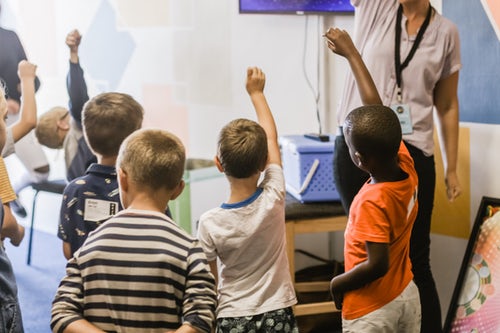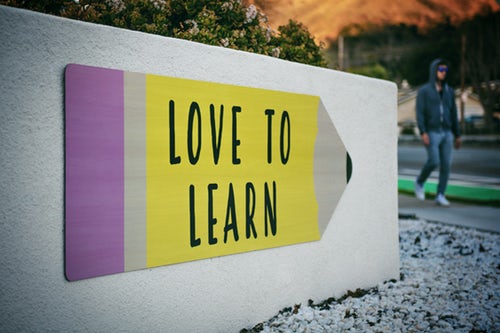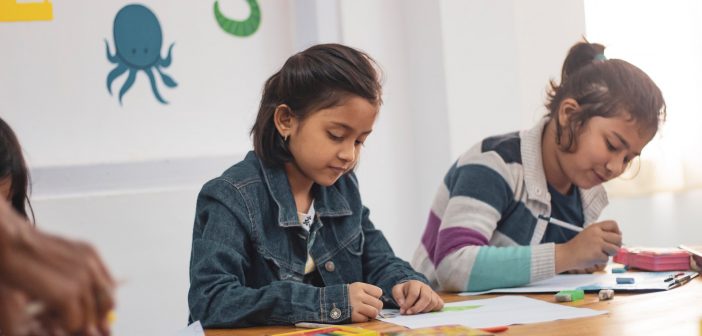Traditional forms of discipline are not as effective as some may think. Detention, suspension, and expulsions push students out of the classroom and into the juvenile justice system. When a student acts out, some educators feel that the best way to deal with the student is to punish them. In reality, the students needs guidance and support. By removing students from the classroom, we are telling them that they are not wanted or valued, and we are pushing them even farther behind in their studies.
In The School-to-Prison Pipeline: A Comprehensive Assessment, Sarah A. Carter found that students of color, students who identify as LGBT, students with learning disabilities, and students living at poverty are most impacted by zero tolerance policies and have much higher chances of being expelled and possibly ending up in juvenile detention centers and later prisons.
Traditional forms of punishment, including clip charts and taking away a student’s recess time, can lead the student to feel resentful and cause them to have a negative view of school as a whole. This approach doesn’t only harm the student who is being punished, but it harms the school morale as well. It’s critical that students feel that they are supported, respected, and valued in their classes, even when they are struggling.

Some examples of ways to incorporative restorative practices into the classroom are using whole-class discussion circles where everyone has a chance to speak and responding to conflict with open conversations. Another way of using restorative practices is to involve the students when it comes to setting guidelines regarding appropriate behavior and possible consequences when those guidelines are not met. It’s also important that teachers model empathy and accountability for their students.
Restorative practices in schools are inspired by the philosophy and practices of restorative justice, which puts repairing harm done to relationships and people over and above the need for assigning blame and dispensing punishment. These practices have the ability to improve relationships between students themselves and the relationships between students and staff.
These practices can also make the school itself a more caring, supportive environment where students feel safe enough to communicate freely, express themselves, and find solutions to any problems that may arise. These practices can be implemented at any grade level, but it’s extremely helpful when students are exposed to them from an early age.
Savannah, a fifteen-year-old student who was quoted in Restorative Practices: Fostering Healthy Relationships & Promoting Positive Discipline in Schools, spoke in support of restorative practices saying,
“Instead of learning from our behavior, schools just force us out without real conversations and interventions. Suspensions don’t work, summonses don’t work, arrests don’t work. Keep us in the classroom, keep us accountable, and build relationships. That works.”
It’s important that teachers are not viewed by their students as authoritarians who are only there to enforce policies and dole out punishments, but as caring individuals who are there to confide in and who can help their students reach their goals

Restorative practices are necessary to build a healthy school environment and help students who are having trouble following behavioral guidelines. Educators must raise awareness of how restorative practices can be beneficial in classrooms and encourage more educators to take a restorative approach in their teaching. There are many resources and guides available for educators to learn more about restorative practices and how they can be incorporated into the classroom. Together we can manage conflicts in a more positive manner and make students feel like they are a valued member of their community who have the ability to have a positive impact on their own lives and educations, their relationships with peers and teachers, and schools at large.

Resources for Educators:
- Restorative Practices: Fostering Healthy Relationships & Promoting Positive Discipline in Schools
- Teaching Restorative Practices with Classroom Circles
- Restorative Practices Trainer’s Guide Training Activities
- School-Wide Restorative Practices: Step by Step
- Whole-School Restorative Approach Resource Guide




